Unraveling a ‘big cat’ DNA mystery
It has all the makings of a historical thriller – scientists in the UK have used the ancient skulls of Barbary lions preserved in the Tower of London to piece together the origin of modern-day big cats. And, they’ve hit upon a vital clue in India which could help resurrect the extinct and majestic Barbary lion of North Africa. First off, what exactly is a Barbary lion? Once found in huge numbers across North Africa, extending from Egypt to Morocco, it had the most spectacular physical features of all lion species. That included an extensive mane, larger body and a more pointed crown and narrow muzzle. Also called the “Atlas lion,” it was reported to have different colored eyes to other lions. Scientists are divided over when and if Barbary lions really went extinct.
The last record of a Barbary lion is an animal shot in Morocco in 1927, though there is circumstantial evidence that Barbary lions may have survived in the wild in the Atlas Mountains till 1942. European zoos have also tended to claim that they have a Barbary lion or two but experts remain skeptical.
Now, a team led by Ross Barnett of Durham University, UK, has discovered that the majestic animal has close genetic links to the Asiatic lions that live in India. (Less than 400 Asiatic lions survive at present on the Kathiawar Peninsula of India and the species is listed as endangered by the International Union for the Conservation of Nature.)
Barnett’s team came to that conclusion after scientists sequenced mitochondrial DNA from museum-held specimens and from Barbary lion skulls discovered preserved in the Tower of London’s moat and believed to date back to the 14th and 15th century. The study was published in the journal BMC Evolutionary Biology. Barnett said he was surprised by the incredibly close relationship between the extinct Barbary lion from North Africa and the Asiatic lion from India. This, he said, could now get conservationists talking about resurrecting the subspecies and reintroducing lions into North Africa. “This has implications for any future attempts to reintroduce lions into North Africa,” Barnett said. “They could probably be re-seeded with Indian lions.” The researchers compared their findings with genetic sequences drawn from other lions living in Asia and across Africa to work out different subspecies of lion evolved. Their work shows that the single species of modern lions’ most recent common ancestor lived around 124,000 years ago.
5 of the most successful conquerors
When an animal invades a new habitat this does neither need jet fighters nor bombs. There is neither a political conflict about it, because normally, nobody recognizes the invasion until it’s too late – meaning that endemic species, to speak animals that are home in that habitat, are suppressed. Here, we present you those animals, that had the most successful strategy:

Black Squirrel CC BY 3.0 by BirdPhotos.com/wikipedia.com: http://en.wikipedia.org/wiki/File:Eastern_Grey_Squirrel.jpg
This little guy looks really sweet, right? Perhaps that a quite clever disguise to take an innocent and sweet look. At least, that’s how the Grey squirrel made it’s way from America to Europe – where it competes for nuts with the endemic Red squirrels.
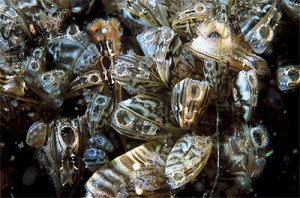
Zebra Mussel – CC BY-SA 3.0 by GerardM, wikipedia.com: http://en.wikipedia.org/wiki/File:Dreissena_polymorpha.jpg
Not really movable on itself, the Zebra mussel sneaked into North America in ship’s ballast water. Quite a clever way to hide, right? But nowadays the time to hide is over: it’s clogging water filters, pipelines and attaches to almost anything in it’s surrounding.
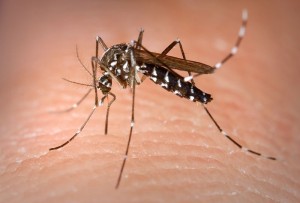
Asien Tiger, public domain by Centers for Disease Control and Prevention’s Public Health Image Library
What do you think: Did the Asian tiger mosquito fly all the way from Southeast Asia into other parts of Asia and even to Europe? It is believed to be the most-widely distributed animal (being abundant in 28 countries outside of it’s native range)
The Spanish slug is not longer munching it’s way through Spanish and Portuguese lettuce patches, but conquered also other patches throughout Europe – it is not only that they thread agriculture, but are also considered a danger for natural ecosystems.
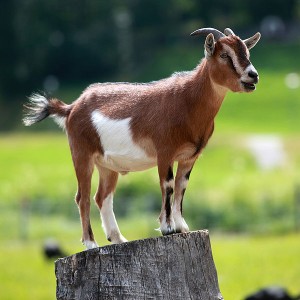
Goat, CC BY-SA 3.0 by Armin Kübelbeck, wikipedia.com: http://en.wikipedia.org/wiki/File:Hausziege_04.jpg
Harmless in most parts of the world, unexpectedly it is goats posing a threat on the biodiveristy of Galapagos Islands for example. Here it is considered to be the most damaging invasive species.
Dude, you stink! – a list of species with a bad taste in perfume.
While looking up species for this list, a thought almost inevitably pops up in my mind. What would our daily lives be like if we were to share the characteristics of the species in this post. It could be kind of funny, but the world would stink terribly, that’s for sure. This is a list of just four species – but feel free to add to it in the comments section below. Let’s start:

Garlic Toad – Creative Commons Attribution-Share Alike 2.5 Generic // wikipedia: http://bit.ly/OqgzDB
First of all is a toad. It’s a pretty small one, just between 6,5 and 8 centimetres in length, even the color is not very remarkable. The toad is grey or brown. If you live somewhere between Europe to Western Asia you may have come across them without noticing. But if you stress this little fella, better run. The toad’s name is Garlic Toad, so you get an idea of what’s in store for you, right? If the toad is alarmed, it makes a very loud call and exudes a noxious secretion which smells like – yes, garlic.
The stink bug does not try to hide what it is. The bug stinks, again, if in distress. And also again, the smell reminds of a cooking ingredient – coriander in the bug’s case. The strongly smelling substance is secreted from pores on its chest. As an aside – one will probably like the smell, it seems to be down to your (human’s) DNA whether or not you’d find the smell unpleasant. And we stay in the kitchen: In Laos the bugs are commonly eaten and are regarded as delicious due to their extremely strong odor. Yummy.

Wolverine – Creative Commons Attribution-Share Alike 3.0 Unported / wikipedia: http://bit.ly/1kRlMSO
We leave the insect world for the third species on our smelly list. The wolverine is not exactly what you would think about as a comic book reader. There are no metal implants in the skeleton, but it’s a hairy creature as well. The wolverine we are talking about here can be found in larger numbers in nothern Canada or Alaska, even in the boreal forests and the tundra in Russia. It belongs to the family of the weasels, but looks more like a little bear. That’s where one of it’s nicknames originates from: skunk bear. Yes, the skunk is up next to complete our list. But anyway, the wolverine has potent anal scent glands he uses for marking his territory (and sexual signaling of course). We won’t delve into this subject any further.
Finally, the skunk. Skunks are mammals often found in the Americas. They are notorious for their anal scent glands, which they can use as a defensive weapon. Bad news is, they have two glands, one on each side of the anus. These glands produce a mixture of sulfur-containing chemicals which have a highly offensive smell. The odor is strong enough to ward off even bears and it can be really difficult to remove from clothing.
Creating a water filter from wood
1.1 billion people in the world don’t have access to safe drinking water. In fact, even though it’s 2014, we still have 1.6 million people dying from infections caused by the lack of safe drinking water and basic sanitation – 9 out of 10 of these are children under the age of 5.
For several years Rohit Karnik, a mechanical engineer at MIT, had been working on the development of membranes for water filtration. But during a conference in Israel, listening to someone talking about fluid motion in trees, inspiration struck.

*
Apart from water, of course, trees transport so called “sap”, a fluid enriched with nutrients, up and down their trunks. On it’s way through the xylem, the wooden part of the tree, either fluid gets filtered at many points (circled in red). Now, why not investigate if these tree-membranes are capable of filtering water for humans as well? No sooner thought than done.
Karnik and his team started out developing a very minimalistic, low-cost filter – the problem with existing filters is often that they either need energy or are not affordable for those in need. So, Karnik’s first filters were built by peeling off the bark and plugging the piece of wood into a tube. Not suitable on a large scale, but elaborate enough for testing filter properties.

Construction of water filter system using wood*
The team’ s results: These filters got 99,9 percent of pathogens out of the water. The xylem filters managed to eliminate Escherichia coli, the most common type of gut bacteria that can cause severe diarrheal diseases if present in contaminated water.
Using advanced microscope technology, the scientists even traced down, where bacteria where filtered: they all accumulated on the so called pits – membranes permeable for water – but not for the “larger” bacteria. Talking about size: the E. coli bacteria can be anything from 2 to 6µm in length. This is already quite small, but not the end of it when it comes to pathogens: viruses are almost a thousand times smaller than this. That is also where the xylem filters surrender: they don’t present an obstacle to anything smaller than 20 nm – a size comparable to that of the smallest viruses, the scientists report.
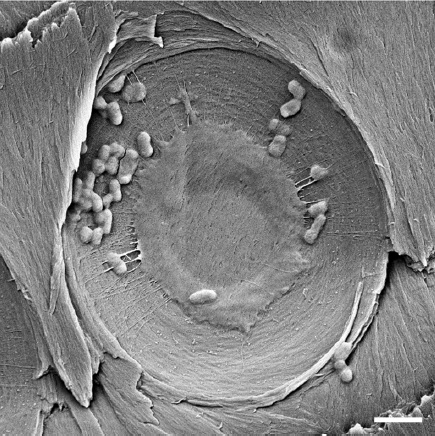
Pit membrane with accumulated E. coli bacteria. Scale bar: 2µm.*
To achieve a decent flow rate of 4 litres per day, researchers applied a pressure of 5 psi: “This value approximately corresponds to the pressure at the bottom of a 3 m column of water. Filtration will also occur at lower pressures, but at proportionally lower flow rates,” Karnik says. “The pressure of water supplied to households is typically 10 times this value. A container placed a few feet above the ground with a hose coming down to ground level will be able to generate sufficient pressure for filtration.”
Questions to be solved
Having this problem solved, there are still several left. “Can we store or dry sapwood xylem filters?” is one of the questions Karnik and his team are currently investigating. So far, to perform properly, filters have to stay wet all the time – once they’ve dried, they are useless. To safely get rid of such unusable or already “overused” filters, one way would be to burn them.
Also crucial for success of this filtration method is the type of wood used. For their experiments the team used the Eastern White Pine Pinus strobus, a tree that is abundant mostly across North America but not in those regions most in need of feasible water filtration: “We used the tree because it is common here, and it was easy to access. There are so many species of plants, and the question as to which endemic plants are suitable for making xylem filters in a particular area is certainly worthy of investigation,” Karnik writes.
Low cost solution in two years
Karnik’s idea is not yet feasible on large scales but he is optimistic: “This is a very new technology with lot of work to be done. A filter could take various forms, but one that is especially appealing is a compact device that simply attaches to a faucet, with a replaceable xylem filter inside it. It may take 2-3 years to develop the first prototypes for larger scale use, but I believe that there will be many developments to follow.”
*Credits for all images: CC BY: Boutilier et al. 2014, PLoS One 2014, doi:10.1371/journal.pone.0089934.g001
5 really clever defense strategies of animals
Without the massive budgets that humans lavish on their territorial defense, animals have to turn to creativity to protect themselves from enemies – or attack them.
Researchers recently discovered, why the tawny crazy ant was so successful in invading the fire ants territory (which the latter may have stolen from the former, previously): when a fight with a fire ant is looming, tawny crazy ants secrete an acid they cover their body with (they rub their body with their legs to spread the chemical). This chemical protects them from the toxic attack of fire ants.
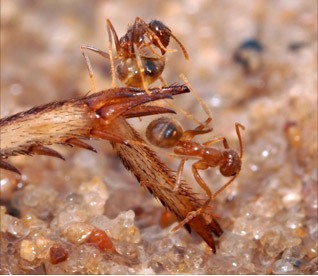
Tawny crazy ant standing on cricket leg, expressing detoxification behavior. (Photograph by Lawrence Gilbert)
To defend their colony, termites were found to sacrifice themselves for their colleagues’ sake. Being threatened, they grow a sack with toxic liquids on their back, which then explodes spreading the toxins all over nearby enemies – as well over the termite itself.
Most people don’t like anything that is about inner body parts. For the sea cucumber‘s enemies, this might certainly be an issue: If feeling threatened, sea cucumbers expel their internal organs rapidly – which are sticky and partly toxic. The creatures may not be missing their body parts for long: they can regenerate the organs.
When the bones in your legs break you’d immediately get to a doctor to get them to put a cast on. You’d never think of breaking your arms or legs on purpose. But for the Hairy frog breaking its toes is an effective way of defending itself. Facing an attacker it breaks its own toes, pushes the splinters through the skin, which then act as tiny sharp claws.
If you don’t possess any of the above skills, there’s only one thing left, that might help: pretending you’re dead. That’s what Fainting Goats do. When frightened, their muscles seize up for about 15 seconds – and they just fall over.






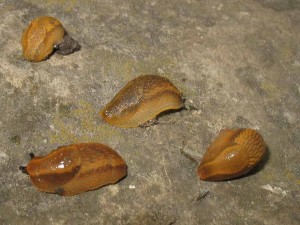
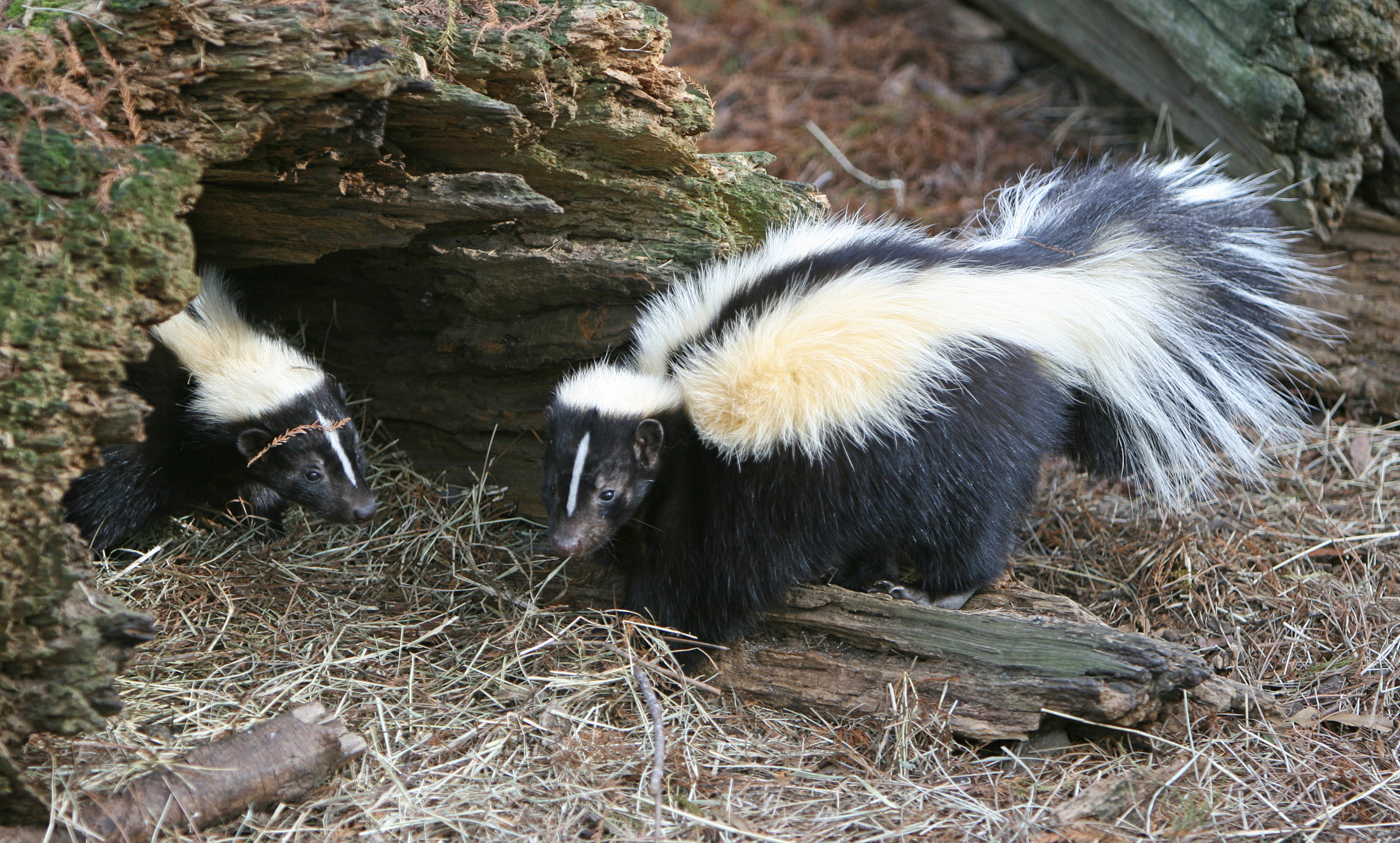
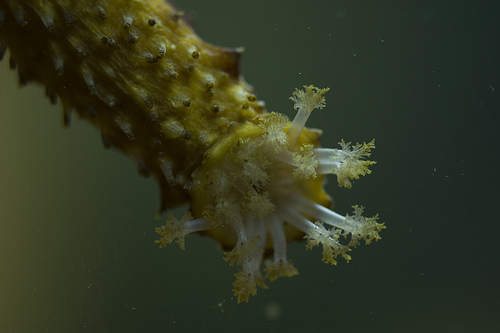





Feedback